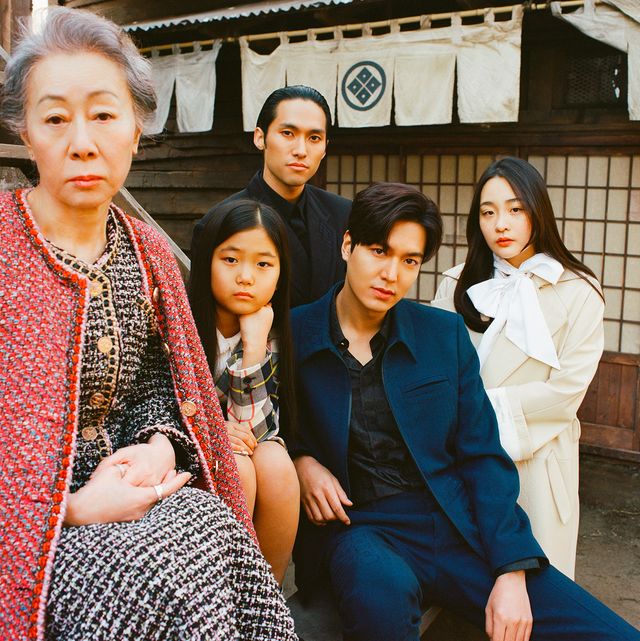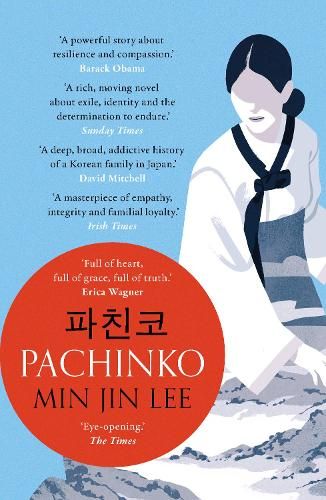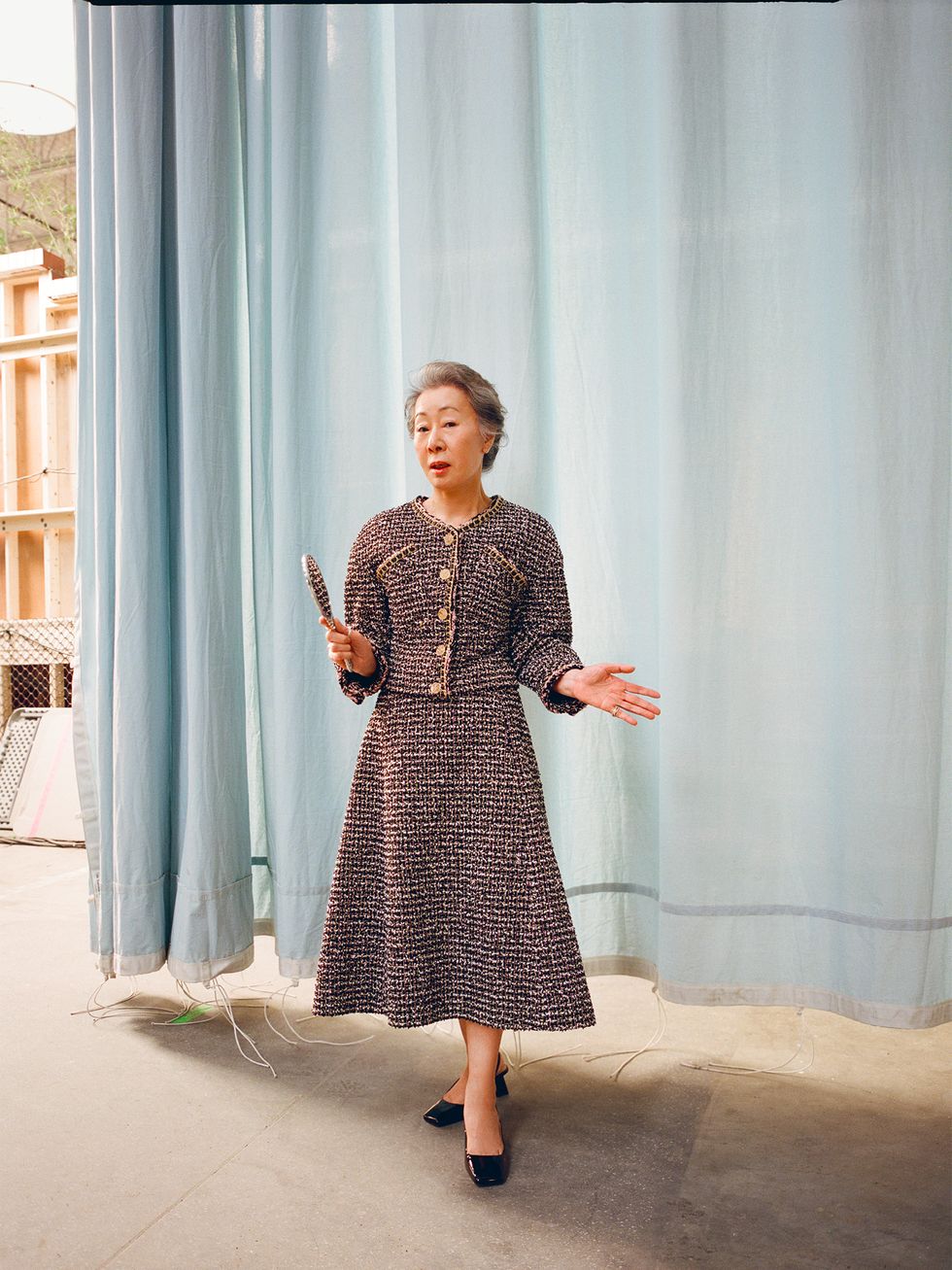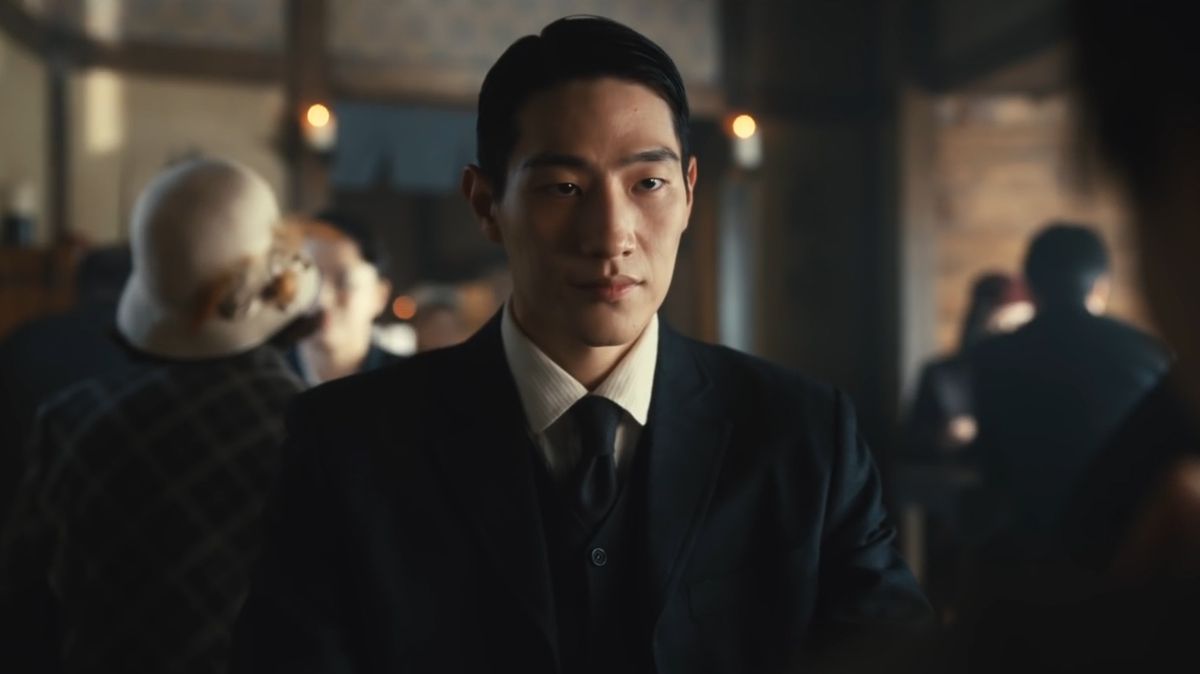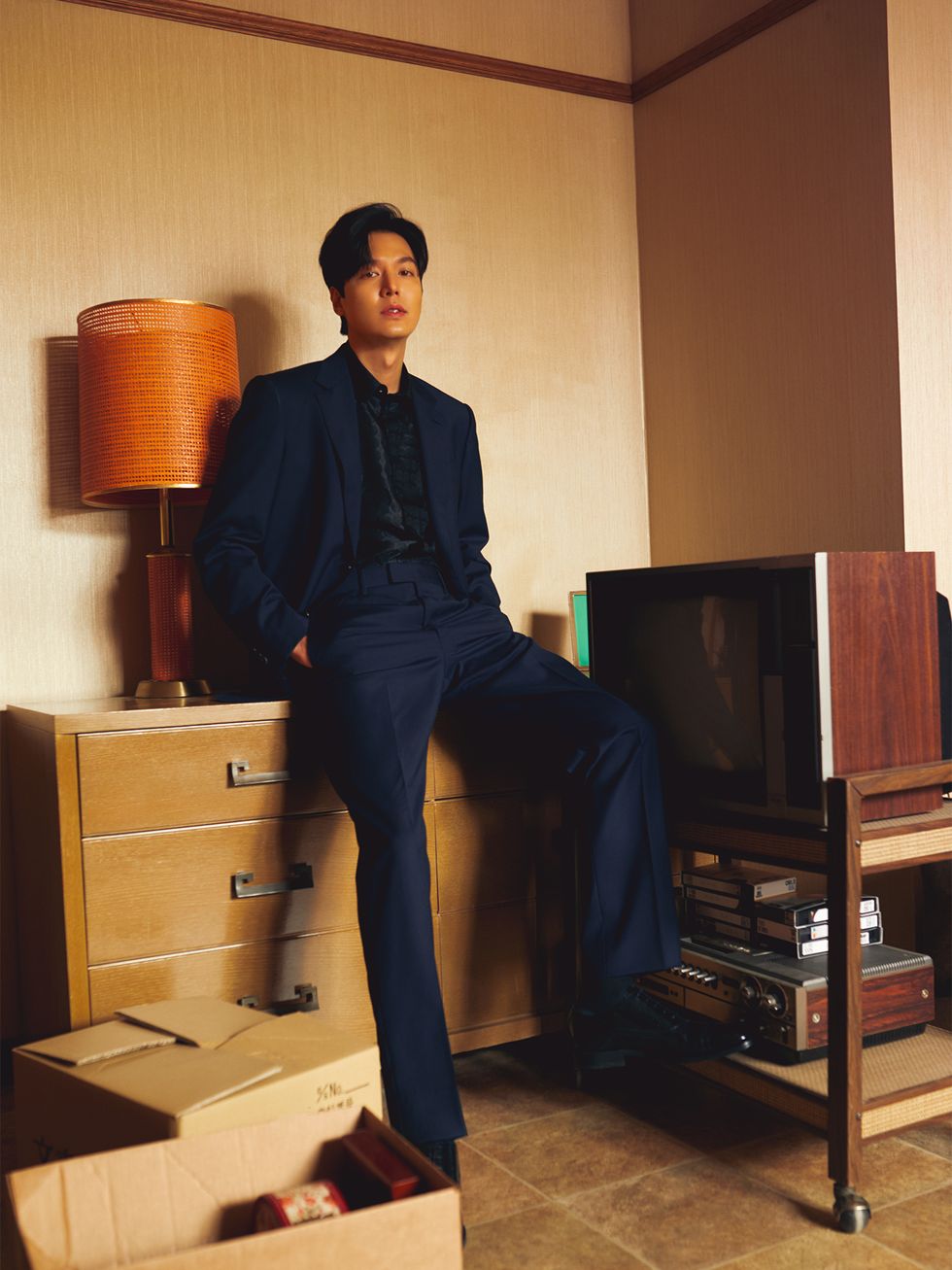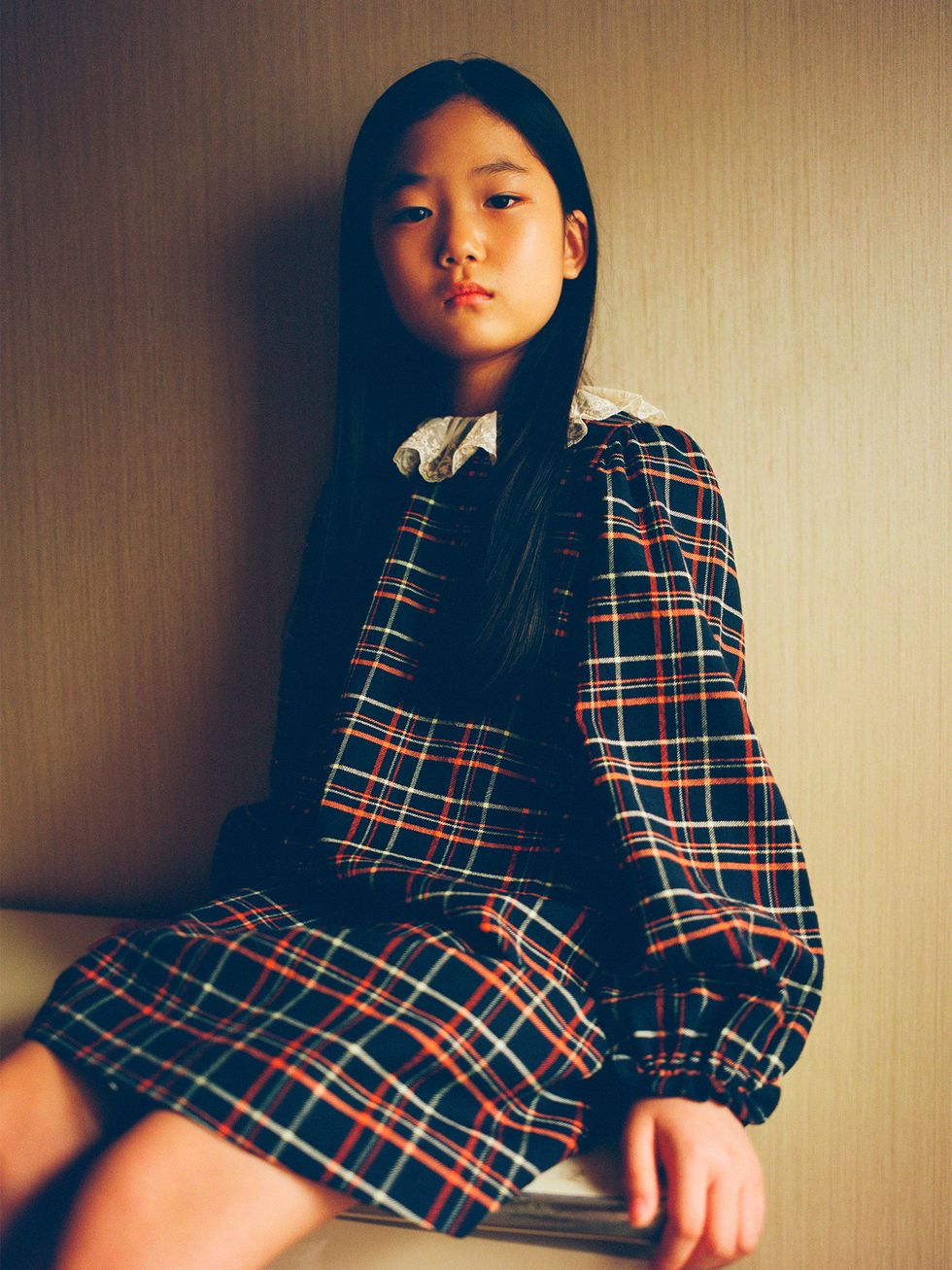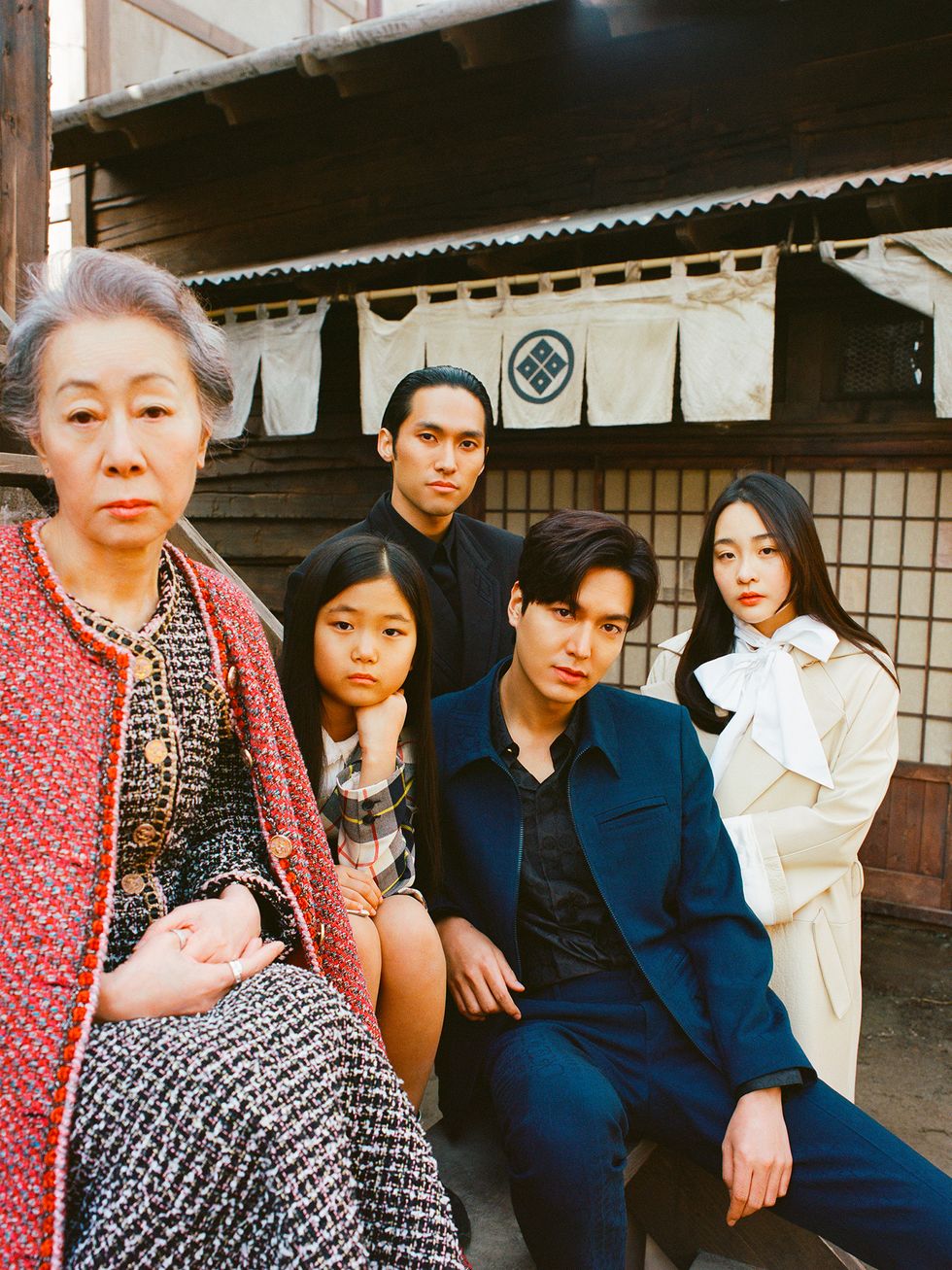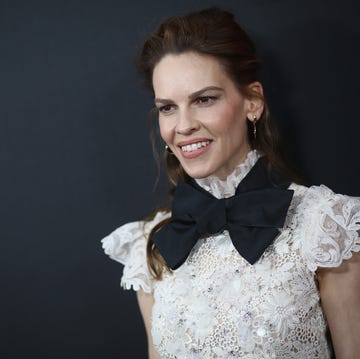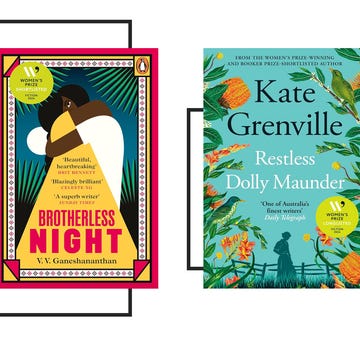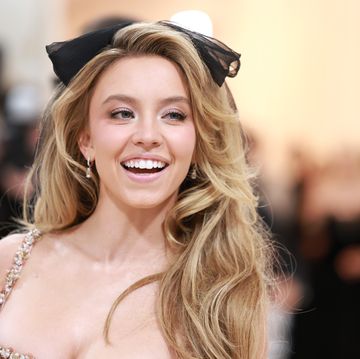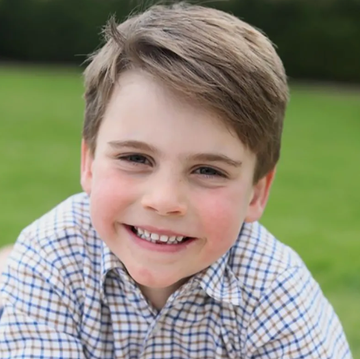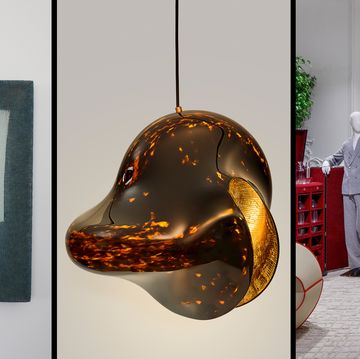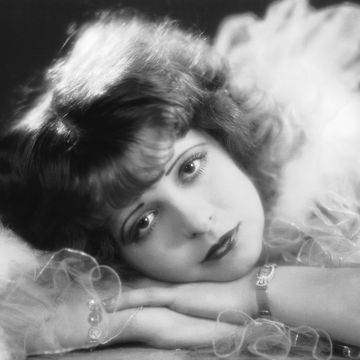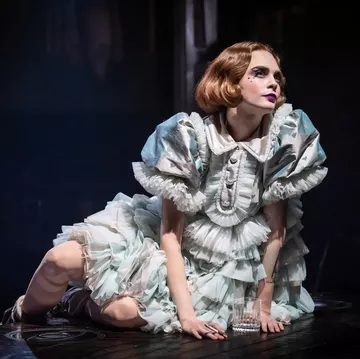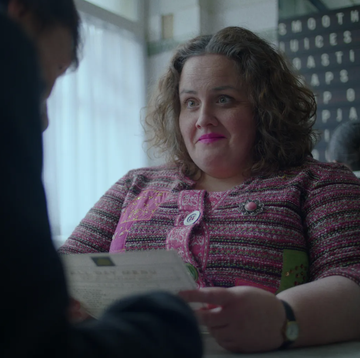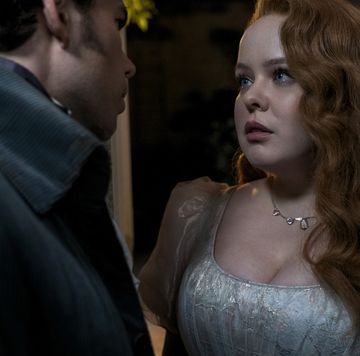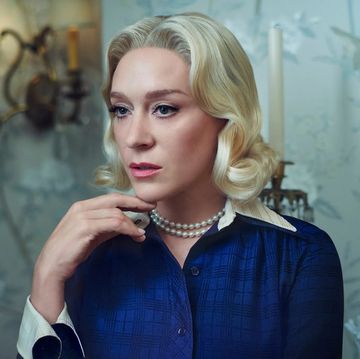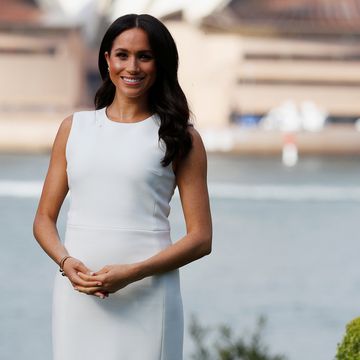Soo Hugh didn't want to read Pachinko.
The 2017 novel by the Korean-American author Min Jin Lee tells the story of a Korean family over 80 years and four generations. Sunja, the novel’s protagonist and the family’s matriarch, is born in the 1910s in Japanese-colonised Busan, Korea, and migrates to Osaka, Japan. The family are Zainichi, Koreans living in Japan, who are subject to discrimination and bullying.
Pachinko, which gets its name from the arcade-style gambling game (Sunja’s family ultimately ends up operating pachinko parlours in Osaka), was selected as one of the 10 best books of 2017 by The New York Times. It was a finalist for a National Book Award. Hugh was aware of the buzz but, although she is a Korean-American herself, something held her back from reading it.
"I think a part of you is afraid to crack open the book because it would be sort of having to reckon with that pain, the generational trauma and the family’s experiences of the past hundred years," she says. But on a flight from London to New York, she decided to give it a shot.
There’s a scene early on in the book in which Yangjin, Sunja’s mother, begs a rice merchant to sell her one bag of rice. It’s her daughter’s wedding day and she wants her to have white rice. The merchant hesitates; in Japanese-colonised Korea, white rice is reserved for the Japanese. He relents and sells Yangjin a small bag.
"So I’m on this plane and I’m reading the scene and, all of a sudden, I just started bawling," Hugh says. "It’s a sad scene, but more than that, it was the shock of recognition. I did not live in 1930s Korea and yet, when I read that scene about Yangjin going to the rice merchant, I felt like I experienced it in my bones."
At that moment, Hugh knew she would adapt the book for the screen. This spring, Apple TV+ released Hugh’s eight-episode adaptation of Pachinko, starring Jin Ha, Youn Yuh-jung, Lee Min-ho and Minha Kim. In addition to co-writing the script, Hugh is an executive producer, along with the directors of the series, Justin Chon and Kogonada.
The book was similarly revelatory for me. Before I read Pachinko, what I knew of Korea’s history with Japan came from Wikipedia. I didn’t learn about the colonisation in school, but there were hints of the traumatic past in the snide comments about Japan whispered by my family after a few drinks and the insistence on using Korean in place of Japanese words for food: ramyun instead of ramen, gimnot nori – and God save you if you tried to describe kimbap as ‘sushi without raw fish’.
I knew that my maternal ancestors lived through the Japanese colonisation of Korea from 1910 to 1945, but were not members of the Zainichi community. The specificity of the way the book describes the intimate realities of life under Japanese rule helped paint a picture of what my grandparents’ and great-grandparents’ lives might have been like. After I read it, I bought a Korean-translation copy for my mother and I started to ask questions. Pachinko helped me begin to understand how that era continues to haunt many Korean-Americans to this day.
The book was only the beginning for Hugh, too. Pachinko is fiction, but it is deeply researched. Lee interviewed dozens of Zainichi women as she wrote it to make sure she was capturing their experiences accurately. "The Korean-Japanese may have been historical victims, but when I met them in person, none of them were as simple as that," she wrote in the book’s acknowledgments.
Building on Lee’s research, Hugh tracked down Zainichi women to hear their stories before it was too late. "These women range in age from 90 to 104. We got their oral testimony and it’s actually a part of the show," she says. "I wanted to make sure that I learnt the history from the actual mouths of the people who lived it."
The commitment to historical accuracy is evident in the cast’s performances as well. Jin Ha, a Korean-American who plays Sunja’s grandson Solomon, speaks Korean and English fluently but, for the show, he had to learn to play a Korean man who grew up in Japan.
He first read the novel when he heard the show was being green-lit. It’s written in English, but the characters speak Japanese and Korean throughout. He knew that there were two directions the production could take. "If they decide to do the thing that we’re kind of used to as English-speaking audiences, where we’re going to do an ambiguously accented English to demarcate it as a foreign language, then I was like, 'I’ll have a great shot'," he says. But, if the production were to be linguistically accurate, "I would have no shot in this show."
Before auditioning for the role, Jin sent his lines to his father, who speaks Japanese. "I was like, 'Hey, could you record yourself reading this?'" His father also transliterated the lines using Hangul, the Korean alphabet, and sent that to Jin. "I received the transliteration of the Japanese and then I transliterated those Korean characters into English as Roman letters to read."
Ha used that system to eke out a self-tape that ultimately won him the part. Once he signed on to the project, the Japanese study really began. Not only did he have to learn to perform convincingly in Japanese, he also had to learn to speak the multiple Japanese dialects his character would have used in different contexts.
"Whenever Soo would pose the question to me of, 'Do you want to do more? Can we go further in the reality of it?', my answer always was yes," he says. "For me to represent this incredibly storied and resilient community, it’s my obligation to do the most and the best that I can to accurately, authentically and humanly represent my ancestral cousins."
The trilingual performances felt radical to me as a viewer, especially coming from an American production company.
"It was never a question that it would be in the languages; I don’t understand how else you could tell the story of colonisation, because language is part of that," Hugh says. "I just don’t think you can possibly tell this story without doing the three languages."
The cast is a mix of Korean-Americans and South Koreans, all of whom bring their own relationships with Korea’s history to their roles. Lee Min-ho – who is perhaps best known as the star of the 2009 South Korean television drama series Boys Over Flowers– plays Koh Hansu, a fish broker with ties to the yakuza, an organised-crime syndicate in Japan. He hadn’t auditioned for a role in 10 years, but he was drawn to the script because it made him reflect on Korea’s recent history.
"I think most of the young generation spend most of their time worrying about the future," he says. "But this was a very good opportunity for me to revisit the past. Not only the past of Korea, but its entire history and how we, the young generation, came to exist on the territory that we are living on right now."
Yu-na Jeon, who is 10 years old and plays young Sunja, says the role helped her understand what her great-grandmother had experienced during colonisation. "As I started playing this role, I could really feel the pain and hardship that she was put through," Yu-na says. "This made me cry so hard. I felt so sad." She was so moved by learning the history that she burst into tears in front of her mother just talking about the brutality of the occupying Japanese troops.
Similarly, Minha Kim, who plays teenage Sunja, drew upon her grandmother’s experiences of colonisation to inform her performance. "She explained to me what it was like to be a girl in that era; how people actually lived then. I almost could have not found my character if it wasn’t for my grandmother."
Youn Yuh-jung, who won the Oscar for Best Supporting Actress last year for her performance in Minari, plays the oldest version of Sunja. She says that even South Koreans can learn a lot about their history from the show. "Even myself, I learnt a lot of new things about how [Koreans] suffered in Japan, left out like a nobody in a foreign country," she says. "I hope to honour their story with this show."
There’s a scene in the first episode that sticks with me. Solomon is working in America as an investment banker. To make the case for his promotion, he promises that he will be able to persuade an old Korean widow to sell the valuable plot of land her home sits on in Tokyo. He is confident he can get her to sell it, because he is Korean, too.
I know this feeling: this sense that there is an understanding among Koreans, especially those in the diaspora. I went to a university in Georgia located in the middle of roughly a hundred miles of farmland in any direction. The autumn of my first year, I was in the library café doing homework when I noticed a group of Korean students push a few tables together and arrange platters of food onto it.
They had little plastic dishes of banchan – kimchi, soybean sprouts, pickled vegetables and sweet potatoes – and bigger dishes of rice, bulgogi, japchae and pajeon. My mouth watered as I watched them lay it all out and then start digging in.
It had been months since I’d had Korean food; there weren’t any Korean restaurants or shops nearby. The closest I’d found was a ‘Japanese’ takeaway that was ideal as drunk food, but nothing like what I knew. In a way, I had been starving in the small town, cut off from the foods that tasted of home.
I then realised it was Chuseok, the Korean autumn harvest holiday when it’s typical to gather and eat a big meal with loved ones.
I crept up to the group. "Excuse me, where did you get that?" They looked up at me. "I’m sorry, I’m Korean and I just haven’t had Korean food in so long," I clarified, immediately embarrassed. Because I’m half Korean and half white, many Koreans don’t immediately recognise me until I explain. Once they understood, they all started talking over one other and passing around a plate to heap food on to.
I walked back to my table with not only a plate full of food but also a list of names and phone numbers and a feeling of being a little less alone than I was before.
There is a word for this feeling: jeong. It refers to the sense of kinship felt among Koreans; we’re in this together, we look out for one another in strange places, so far from home.
Koreans of the diaspora manage to find one another, whether that is in Southern university library cafés, in supermarkets, or in Osaka pachinko parlours.
‘Pachinko’ is available to watch on Apple TV+ now.
